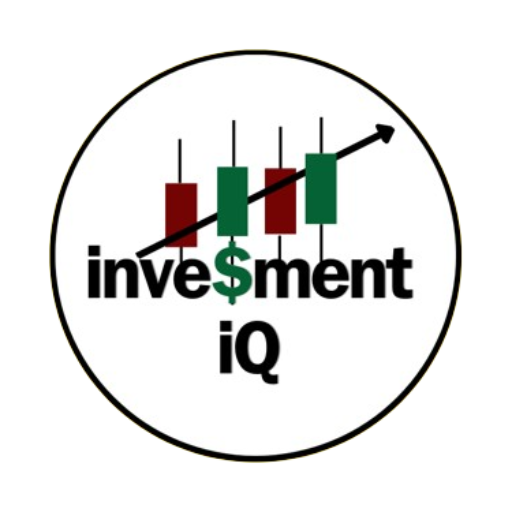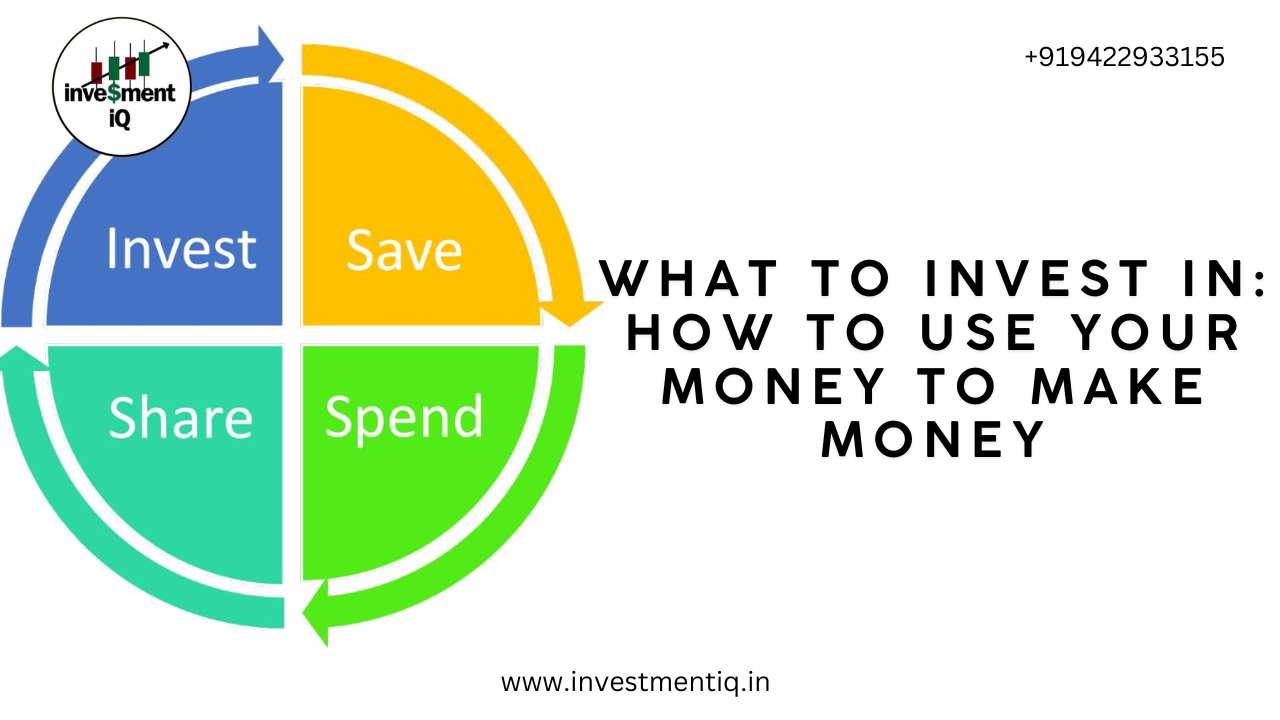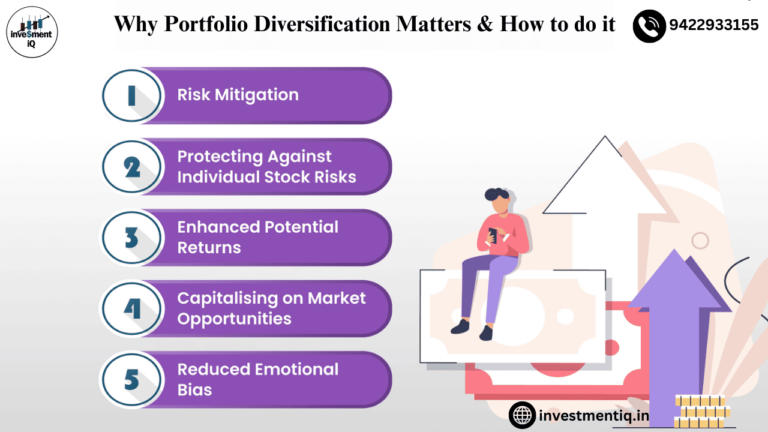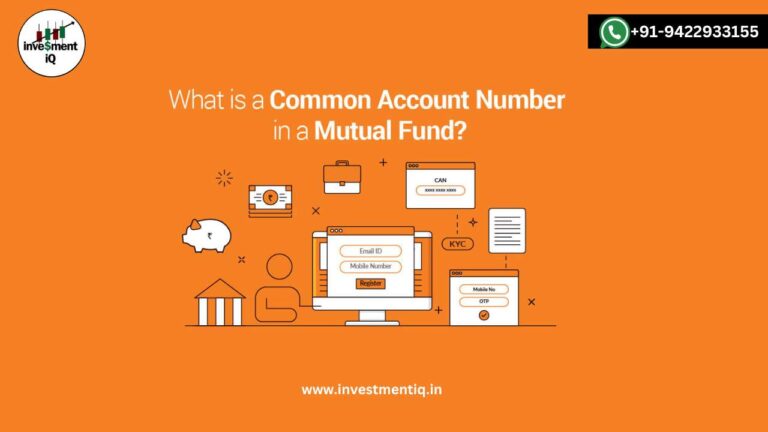Why should you invest?
Investing can be the smartest financial move you make. Although you might earn a steady paycheck from working, investing can put your hard-earned money to work for you. A wisely crafted investment portfolio can build tremendous wealth over time that you can use for your retirement, to send your kids to college, or for any of your other financial goals.
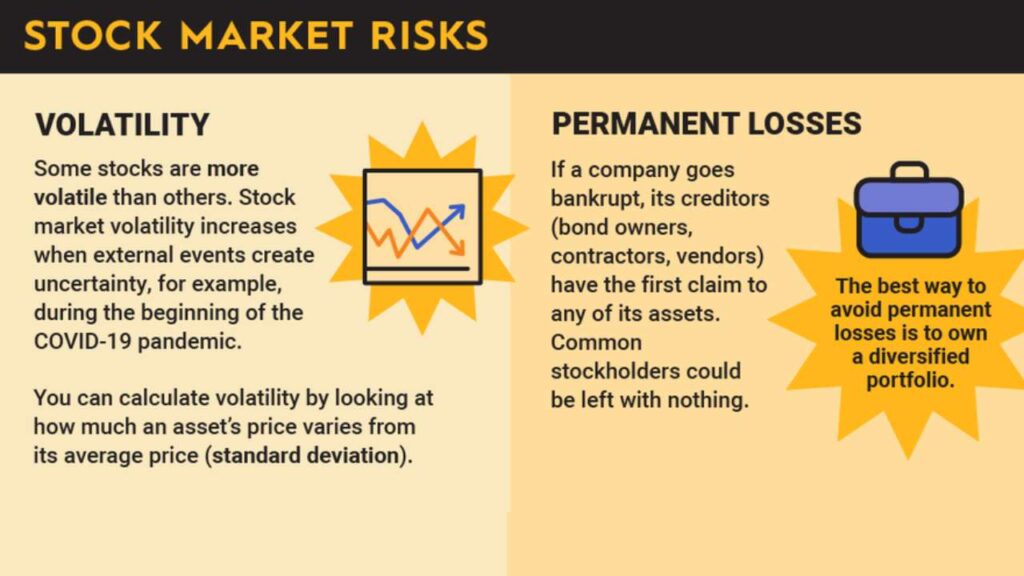
However, while it’s fairly common knowledge that investing is a good move, there’s also the question of what you should invest in, which is an extremely important piece of the puzzle. With that in mind, let’s take a closer look at some of the most popular investment vehicles.
We’ll discuss the pros and cons of each and examine whether they might fit into your ideal investment strategy. We’ll also look at some of the things you probably shouldn’t invest in.
What to invest in right now
Starting investing can be rather intimidating, and one of the biggest reasons is that many people don’t know what they can invest in or how to get started. So here are some of the most common ways to invest money.
1. Stocks
Almost everyone should own stocks or stock-based investments like exchange-traded funds (ETFs) and mutual funds (more on those in a bit). Stocks have consistently proven to be the best way for the average person to build wealth over the long term.
U.S. stocks have delivered better returns than bonds, savings accounts, precious metals, and most other investment types over the past four decades. Stocks have outperformed most investment classes over almost every 10-year period in the past century and have averaged annual returns of 9% to 10% over long periods of time.
To put returns like this into perspective, a $10,000 investment compounded at 10% for 30 years would grow to almost $175,000.
Why have U.S. stocks been such great investments? Because, as a stockholder, you own a business.
For example, if you own shares of Apple (AAPL 1.88%), Alphabet‘s (GOOG 1.72%)(GOOGL 1.54%) Google, or Amazon (AMZN 0.73%) stock, you legally own part of the company. There are thousands of publicly traded companies you can invest in, many of which you’re probably quite familiar with. As the companies you invest in grow bigger and more profitable, you own a more valuable business.
As legendary investor Warren Buffett puts it, investing in U.S. stocks is a bet on American business, and this has been an excellent bet for more than two centuries. Some stocks also pay dividends, which can make them solid investment options for people looking for income from their investment portfolio.
Dividend Income
Dividend income is defined by the IRS as any distribution of an entity’s property to its shareholders.
2. Exchange-traded funds (ETFs)
If you’re worried about researching and selecting individual stocks, an alternative is to invest (either exclusively or partially) in ETFs and/or mutual funds. For example, if you invest in an S&P 500 index fund, your money will be spread out among the 500 companies that make up the index. So, if any one of them were to perform poorly or fail, it wouldn’t be devastating.
3. Mutual funds
Mutual funds are similar to ETFs. They pool investors’ money and use it to accumulate a portfolio of stocks or other investments. The biggest difference is that ETFs trade on major stock exchanges, and you can buy shares whenever the stock market is open. Mutual funds only price their shares once a day and aren’t nearly as liquid.
4. Bonds
Over the long term, growing wealth is the most important step. But once you’ve built that wealth and gotten closer to reaching your financial goal, bonds — which are loans to a company or government — can help you stay there.
There are three main kinds of bonds:
- Corporate bonds issued by companies.
- Municipal bonds issued by state and local governments.
- Treasury notes, bonds, and bills issued by the U.S. government.
You can buy individual bonds through most major brokers, but for most investors, the best way to go is to buy ETFs and mutual funds that invest in bonds on your behalf.
The main goals of investing in bonds, as opposed to stocks, are capital preservation (preventing yourself from losing money) and income generation. When you buy bonds, you’re essentially loaning money to a company, government, or other entity. And as the lender, you collect interest on the money you loan.
5. High-yield savings accounts
Savings accounts offered by branch-based banks are notorious for paying minuscule interest rates. However, some excellent banks, primarily based online, offer very competitive rates — to the point that they can be considered investment-worthy in many cases. In fact, as of late 2024, savings account interest rates of 4% or even higher are readily available.
6. Certificates of deposit (CDs)
Many reputable banks offer some excellent high-yield certificates of deposit (CDs) that pay guaranteed yields for anywhere from a few months to five years or more. Unlike savings accounts, CDs can allow you to lock in a specific yield for a set period. This can be an especially valuable feature in times when interest rates are relatively high and you want predictable returns.
Both CDs and savings accounts are FDIC-insured to protect you against bank failure, up to $250,000 per person, per bank.
7. Real estate
Like owning great companies, owning real estate can be a wonderful way to build wealth. In most recessionary periods throughout history, commercial real estate has been countercyclical to recessions. It’s often viewed as a safer, more stable investment than stocks.
There are ways for people at almost every financial level to invest in and make money from real estate. The most obvious is to buy a rental property, which can be a great way to build wealth and create an income stream — but it isn’t the best fit for everyone.
Fortunately, there are alternative ways to invest in real estate, many of which are much more passive than actually becoming a landlord, such as real estate investment trusts (REITs).
Passive Income
There are many ways to build wealth, and passive income is a simple one. Learn all about passive income and how you can start building wealth today.
Publicly traded REITs are the most accessible way to invest in real estate. REITs trade on stock market exchanges just like other public companies. Here are some examples:
- Prologis (PLD 1.89%) owns and manages industrial properties such as warehouses and distribution centers.
- Public Storage (PSA 2.82%) owns more than 3,300 self-storage properties in the U.S. and Europe.
- AvalonBay Communities (AVB 2.31%) is one of the largest apartment and multifamily residential property owners in the U.S., mainly focusing on larger cities and their suburban areas.
REITs are excellent investments for income since they don’t pay corporate taxes as long as they pay out at least 90% of taxable income in dividends.
8. Cryptocurrencies
Cryptocurrencies are a relatively new form of investment vehicle. Popular examples include Bitcoin (BTC 5.74%) and Ethereum (ETH 10.03%). If you have knowledge of cryptocurrencies, they can be incorporated into a diversified investment portfolio.
Factors to consider
No investment approach works for everyone. So, to figure out the best way for you to invest your hard-earned money, here are some things to think about:
Your risk tolerance
Stocks are not risk-free investments by any definition. Even the most stable companies’ stocks can fluctuate dramatically over short periods of time. Over the past 50 years, the S&P 500 has declined by as much as 37% in a single year and has risen by as much as 38%.
On the other hand, bonds and other fixed-income investments don’t have as much long-term return potential as stocks but make up for it with a lack of volatility and steady income generation.
Stock Market Volatility
Stock market volatility is a measure of how much the stock market’s overall value fluctuates up and down.
Generally speaking, stocks, stock-based ETFs, and mutual funds are most appropriate for people who won’t need their money any time soon. On the other hand, fixed-income investments are best suited for investors whose primary goal is preserving their capital.
Time horizon
If you have a kid heading off to college in a year or two, or if you’re retiring in a few years, your goal should no longer be maximizing growth. It should be protecting your capital. It’s time to shift the money you’ll need in the next several years out of stocks and into bonds and cash. This concept is known as asset allocation, and finding the appropriate mix is an important part of investing.
If your goals are still years away, you can hedge against volatility by doing nothing. Even through some of the worst market crashes in history, stocks have delivered incredible returns for investors who bought and held.
Investment amount
If you have $500 to invest, you can certainly still get started. But your approach will likely be significantly different, and your options will be somewhat limited compared to an investor with $100,000 to get started.
Are You Missing The Morning Scoop?
Start your day ahead of the game with the market’s top stories and key investing insights. Breakfast News delivers it all in a quick, Foolish, and free daily newsletter that lands in your inbox every market morning..Enter Email Address:
By submitting your email address, you consent to us keeping you informed about updates to our website and about other products and services that we think might interest you. Please read our Privacy Statement and Terms & Conditions.
As an example, if you want to buy a rental property, you’ll need enough money for a down payment. If you want to put money in a high-yield CD, some of the best choices have minimum investment requirements.
Knowledge level
Investing in individual stocks can be a great way to build wealth — if you have the time and knowledge to do it right. If you don’t, there’s absolutely nothing wrong with investing in ETFs or mutual funds to get exposure to the stock market.
In short, some types of investments require more knowledge than others. If you want to become a successful stock market or real estate investor, one of the best investments you can make is to accumulate as much knowledge as you can before you put any money at risk.
So, what should I invest in?
To be perfectly clear, every investor is different. There’s no rule of thumb that works for everyone. However, for most people, the answer is a portfolio that combines stocks (or stock-based ETFs and mutual funds) and fixed-income investments like bonds and CDs.
One popular asset allocation guideline financial planners use is to subtract your age from 110 to determine the approximate percentage of your portfolio that should be in stocks. For example, according to this rule, a 40-year-old should have roughly 70% of their money invested in stocks.
What type of investment account should you use?
Just as owning the right investments will help you reach your financial goals, where you invest can be just as important. Many people, especially newer investors, don’t consider the tax consequences of their investments, which can leave you short of your financial goals.
Simply put, a little tax planning can go a long way. Here are some examples of different kinds of accounts you may want to use on your investing journey:
| Investing Account Type | Account Features | Need to Know |
|---|---|---|
| 401(k) | Pre-tax contributions reduce taxes today. Potential employer-matching contributions. | Distributions in retirement are taxed as regular income. Penalties for early withdrawal. $23,000 employee contribution limit in 2024, $23,500 in 2025. |
| SEP IRA/Solo 401(k) | Pre-tax contributions reduce taxes today. Higher contribution limits than IRAs. | Distributions in retirement are taxed as regular income. Penalties for early withdrawal. $69,000 total contribution limit in 2024, $70,000 in 2025. |
| Traditional IRA | Ability to roll over 401(k) from former employers. Contribute retirement savings above 401(k) contributions. | Distributions in retirement are taxed as regular income. Penalties for early withdrawal. $7,000 contribution limit in 2024 and 2025. |
| Roth IRA | Distributions are tax-free in retirement, withdraw contributions penalty-free. | Contributions are not pre-tax. Penalties for early withdrawal of gains. $7,000 contribution limit in 2024 and 2025. |
| Taxable brokerage | Contribute any amount to your account without tax consequences (or benefits). Withdraw money at any time. | Taxes are based on realized events (even if you don’t withdraw proceeds). In other words, you may owe taxes on realized capital gains, dividends, and taxable distributions. |
| Coverdell Education Savings Account | More control over investment choices. Withdrawals for qualified education expenses are tax-free. | $2,000 annual contribution limit; further limits based on income. Taxes and penalties for nonqualified withdrawals. |
| 529 College Savings | Withdrawals for qualified education expenses. Very high contribution limits. | More complicated, varying by state. Very high contribution limits, but fewer investment choices. Taxes and penalties for nonqualified withdrawals. |
The biggest takeaway here is that you should choose the appropriate kind of account based on what you’re investing for. For instance:
- 401(k): for employed retirement savers.
- SEP IRA/Solo 401(k): for self-employed retirement savers.
- Traditional IRA: for retirement savers.
- Roth IRA: For retirement savers.
- Taxable brokerage: for savers with additional cash to invest beyond retirement/college savings account needs or limits.
- Coverdell Education Savings Account: for college savers.
- 529 College Savings: for college savers.
Related investing topics
How to Invest in Stocks: A Beginner’s Guide for Getting Started
Are you ready to jump into the stock market? We’ve got you.
How to Invest in Index Funds
Index funds track a particular index and can be a good way to invest. Get a fast introduction to index funds here.
How to Invest in Bonds: A Beginner’s Guide to Buying Bonds
Bonds are often considered a “safe” investment, but are they right for you?
What Is Ethical Investing?
Interested in promoting good corporate behavior with your investment dollars? Consider this tactic.
Don’t miss this second chance at a potentially lucrative opportunity
Ever feel like you missed the boat in buying the most successful stocks? Then you’ll want to hear this.
On rare occasions, our expert team of analysts issues a “Double Down” stock recommendation for companies that they think are about to pop. If you’re worried you’ve already missed your chance to invest, now is the best time to buy before it’s too late. And the numbers speak for themselves:
- Amazon: if you invested $1,000 when we doubled down in 2010, you’d have $25,148!*
- Apple: if you invested $1,000 when we doubled down in 2008, you’d have $47,306!*
- Netflix: if you invested $1,000 when we doubled down in 2004, you’d have $486,462!*
Right now, we’re issuing “Double Down” alerts for three incredible companies, and there may not be another chance like this anytime soon.
you may be interested in this blog here:
